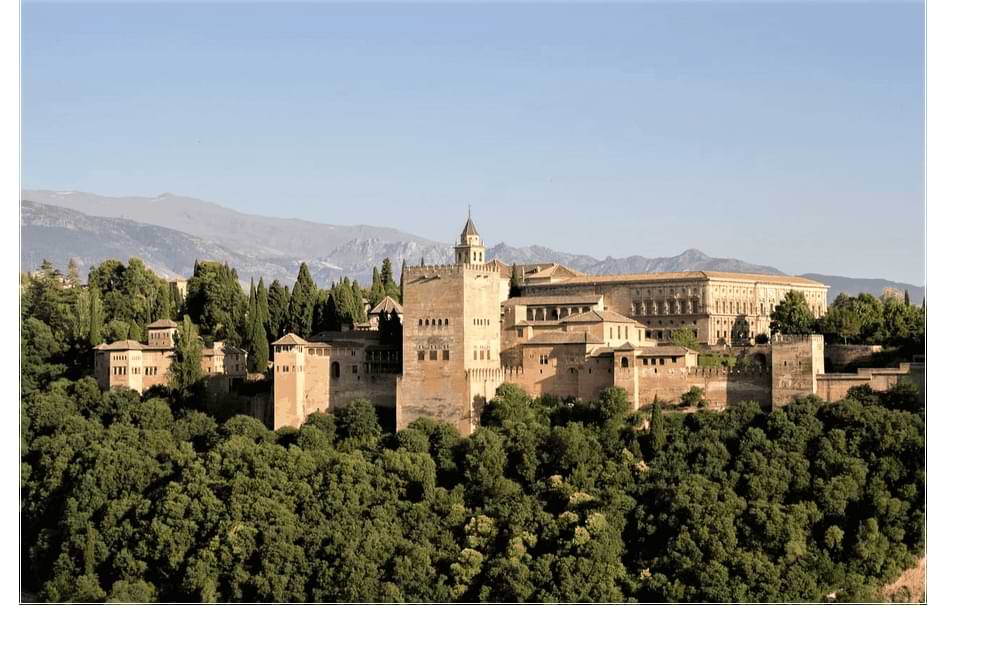
The History of the Spanish Language: Origins and Influences
What does it take for a language to become the second most spoken native language in the world? The evolution of Spanish from its origins in the Iberian Peninsula to its current status as an international language is shaped by a series of historical, cultural, and social factors. In this blog, we will explore the key events and influences that have contributed to the widespread use of Spanish and its position as the second most spoken native language today.
The Origin of Spanish
The first written record of a Romance language in the Iberian Peninsula dates back to around 600 AD, although there are records from as early as 500 BC that suggest a linguistic presence in the region. The language itself was derived from Latin, which was brought to the peninsula by Roman settlers. This form of Latin was known as Vulgar Latin or Colloquial Latin and was used in everyday speech rather than official documents. Over time, Vulgar Latin evolved into several distinct Romance languages, including French, Italian, and Spanish.
Evolution of Spanish
- 3rd Century BC to 5th Century AD: The Roman conquest of the Iberian Peninsula introduces Latin, specifically Vulgar Latin, used in everyday speech.
- 5th to 8th Century AD: After the Roman Empire's decline, the Visigoths, a Germanic tribe, dominated the peninsula. Their language melds with the local Latin dialects, fostering the development of Proto-Romance languages.
- 8th to 15th Century AD: The Moorish invasion in 711 brings Islamic rule and Arabic influence, significantly enriching the Spanish vocabulary, particularly in science, agriculture, and architecture.
- 13th to 15th Century AD: The Kingdom of Castile, where the Castilian dialect is spoken, becomes increasingly influential. The Reconquista, culminating in 1492 with the Christian reclamation of Granada from the Moors, elevates Castilian Spanish as the dominant dialect.
- 1492: The endorsement of Castilian as the official language of Spain by King Ferdinand and Queen Isabella, along with the publication of the first grammar of Castilian by Antonio de Nebrija, marks a pivotal year for the Spanish language.
- 16th Century onwards: The Spanish Empire expands its territories to the Americas, the Philippines, and other parts of the world. This global spread introduces Spanish to new cultures, where it assimilates various indigenous words and evolves into numerous regional dialects.
Languages That Influenced Spanish the Most
The most foundational influence on Spanish came from Latin, brought to the Iberian Peninsula during the Roman conquest beginning in the 3rd century BC. Over several centuries, the Roman Empire established its language as the primary means of communication in the region. However, it was Vulgar Latin, the spoken and informal variety used by soldiers, settlers, and merchants, that became the root of what would later evolve into Spanish. This form of Latin provided the core grammatical framework and a vast majority of the vocabulary that defines Spanish today. Many everyday Spanish words directly trace their origins to Latin, such as "padre" (father) from "pater", "agua" (water) from "aqua", and "estrella" (star) from "stella."
Another transformative influence was Arabic, introduced during the Moorish rule of the Iberian Peninsula from 711 to 1492 AD. Over the course of nearly eight centuries, Arabic left an indelible mark on Spanish, contributing an estimated 4,000 words to the language. These borrowed terms are especially prominent in fields such as science, mathematics, agriculture, and daily life, reflecting the cultural and intellectual advancements of the time. Examples include "aceituna" (olive), derived from the Arabic "al-zaytūn," and "algebra," from "al-jabr," a term rooted in mathematics. The Arabic influence also extended to place names, architecture, and even phonetics
The third major influence came during the Spanish colonization of the Americas in the 16th century when the Spanish came into contact with indigenous languages. As explorers and settlers encountered new flora, fauna, and cultural practices, they incorporated many indigenous terms into their vocabulary. Languages such as Nahuatl (spoken in Mexico), Quechua (from the Andes), and Guarani (from Paraguay) contributed words for things that were entirely new to the European settlers. Words like "tomate" (tomato), from Nahuatl "tomatl," "chocolate," also from Nahuatl, and "puma" from Quechua became permanent additions to the Spanish lexicon.
Modern-Day Usage of the Spanish Language
Spanish is one of the most spoken languages globally, with over 460 million native speakers and 75 million second-language speakers. It's an official language in 20 countries across Latin America, Spain, and Equatorial Guinea, and is also widely used in the United States, Belize, Andorra, and Gibraltar. Spanish also plays an important role in international diplomacy as it's one of the official languages of the United Nations and the European Union. The language has a rich cultural influence, featuring prominently in global literature, film, and media. Economically, it's important in the business world, particularly in the U.S., where the growing Hispanic population makes Spanish essential for commerce and politics. Additionally, Spanish is the most studied foreign language in American schools.
Spanish has grown into one of the most widely spoken languages in the world, with millions of people using it for communication both domestically and internationally. With a vast number of native speakers spread across multiple continents, Spanish has developed from its origins into a truly global language.







